You might think flexibility is just for athletes, but the benefits extend far beyond the gym. Enhancing your flexibility can improve your posture, boost your mood, and even help relieve stress. It's not just about bending and stretching; it's about creating a more balanced and efficient body that performs better in everyday life. Curious about how these unexpected advantages can transform your routine and overall well-being?
Improved Athletic Performance
Enhancing your flexibility can greatly boost your athletic performance. When you improve your range of motion, you can execute movements more efficiently, allowing you to perform better in your chosen sport. Whether you're sprinting, jumping, or lifting weights, flexibility plays an essential role.
You might notice that with increased flexibility, your body can move through its full range without restrictions. This means better form and technique, which translates to improved results.
Incorporating flexibility training into your routine can enhance your overall strength and power output. When your muscles can stretch more effectively, they can generate more force. This can lead to faster sprint times, higher jumps, and greater endurance during prolonged activities.
You might find that your workouts feel easier and more enjoyable as you become more flexible.
Moreover, flexibility can improve your body's mechanics. Efficient movement patterns help you utilize your energy effectively, which can lead to better performance and less fatigue. You may also notice that your coordination improves, making complex movements feel more natural.
Lastly, being more flexible can help you maintain ideal posture during athletic activities. Good posture supports balance and stability, allowing you to navigate various physical demands with ease.
Reduced Risk of Injury
Improving your flexibility not only boosts athletic performance but also plays a significant role in reducing the risk of injury. When you incorporate flexibility training into your routine, you prepare your body to handle physical stress more effectively. This enhanced adaptability can help you avoid strains, sprains, and other injuries that often occur when muscles and joints are too tight.
Here are four key ways flexibility helps minimize your injury risk:
- Increased Range of Motion: When your muscles and joints are flexible, you can move more freely. This greater range of motion allows you to perform movements correctly, reducing the chance of awkward positions that lead to injuries.
- Improved Muscle Coordination: Flexibility encourages better coordination between muscles. When your muscles work harmoniously, they can better support your movements, making it less likely that you'll overexert yourself and become injured.
- Enhanced Blood Flow: Stretching increases blood flow to your muscles, delivering essential nutrients and oxygen. This improved circulation helps keep your muscles healthy and ready to perform, further reducing your injury risk.
- Better Posture: Flexible muscles contribute to better posture, which is vital for proper body mechanics during physical activities. Good posture can prevent overuse injuries caused by alignment issues.
Enhanced Muscle Recovery
When you improve your flexibility, you also boost your muscle recovery.
Better blood circulation helps reduce soreness and speeds up nutrient delivery to your muscles.
This means you'll bounce back faster and feel ready for your next workout sooner.
Improved Blood Circulation
Regular stretching and flexibility exercises can greatly boost blood circulation, which plays an essential role in muscle recovery.
When you improve your circulation, you enhance the delivery of oxygen and nutrients to your muscles, helping them repair and grow more effectively.
Here are some key benefits of improved blood circulation through flexibility training:
- Faster Recovery: Enhanced blood flow speeds up the healing process, allowing your muscles to recover more quickly after workouts.
- Increased Nutrient Delivery: Better circulation means more oxygen and essential nutrients reach your muscles, promoting ideal performance and recovery.
- Enhanced Performance: Improved blood flow can lead to better muscle function, allowing you to train harder and longer.
- Reduced Risk of Injury: With adequate blood circulation, your muscles are more flexible and less prone to strains and injuries.
Incorporating regular stretching and flexibility routines into your workout can greatly enhance your muscle recovery by improving blood circulation.
Reduced Muscle Soreness
Stretching and flexibility exercises play an essential role in reducing muscle soreness after workouts. When you engage in these activities, you help your muscles recover more efficiently, minimizing the discomfort you might feel the next day. By incorporating a proper stretching routine, you can enhance your flexibility and promote better muscle function, which leads to less soreness overall.
When you stretch, you're increasing blood flow to the muscles, helping to flush out lactic acid and other metabolic waste products that cause soreness. You're also improving your range of motion, which means your muscles are better prepared for the demands of your next workout. This readiness can greatly decrease the likelihood of injury, allowing you to maintain a consistent exercise routine.
Additionally, stretching helps to alleviate tension built up in your muscles during workouts. This tension can manifest as soreness, and by reducing it, you'll feel more comfortable moving throughout the day.
Enhanced Nutrient Delivery
Incorporating stretching and flexibility exercises into your routine not only helps reduce muscle soreness but also enhances nutrient delivery to your muscles.
When you improve your flexibility, you're effectively boosting blood flow, which means more essential nutrients reach your muscles when they need them most. This can lead to faster recovery and better overall performance.
Here are four ways enhanced nutrient delivery benefits you:
- Faster Recovery: Improved circulation helps your muscles repair quicker after intense workouts, reducing downtime.
- Increased Energy: With better nutrient flow, your muscles receive the energy they need to perform efficiently, keeping you energized throughout the day.
- Enhanced Performance: The right nutrients help optimize muscle function, which can improve your strength and endurance during workouts.
- Reduced Injury Risk: Proper nutrient delivery supports muscle health, making them less prone to strains and injuries.
Better Posture and Alignment
How can better posture and alignment transform your daily life? When you improve your posture, you're not just standing taller; you're also enhancing your overall physical health and well-being. Proper alignment helps distribute your body weight evenly, reducing strain on your muscles and joints. This means you'll likely experience less discomfort, especially if you spend long hours sitting at a desk or engaging in repetitive movements.
With better posture, you'll find that you can breathe more easily. When your spine is aligned, your diaphragm can function effectively, allowing for deeper, more efficient breaths. This increased oxygen flow boosts your energy levels, helping you tackle daily tasks with renewed vigor.
Plus, when you carry yourself confidently, it can positively influence how others perceive you, enhancing your social interactions.
You might also notice an improvement in your concentration and focus. When your body is aligned, your nervous system operates more efficiently, allowing your brain to function better. This can lead to clearer thinking and improved productivity, whether you're working at your job or studying for an exam.
Finally, better posture can enhance your overall mood. Physical alignment affects your body's stress response, so standing or sitting tall can help you feel more relaxed and less anxious.
Increased Joint Health
As you focus on enhancing your flexibility, you'll likely notice significant improvements in your joint health. Flexibility exercises, like stretching and yoga, promote better movement and range of motion, which can reduce the risk of joint pain and injury.
Here are some specific benefits you can expect:
- Improved Mobility: Increased flexibility allows your joints to move through their full range without restriction, making daily activities easier and more comfortable.
- Reduced Stiffness: Regular stretching helps to keep your joints lubricated and reduces stiffness, especially after long periods of inactivity.
- Injury Prevention: By enhancing your flexibility, you're less likely to experience strains or sprains. Flexible joints can absorb shock better, protecting you from injuries during physical activity.
- Enhanced Recovery: After workouts, your body needs time to recover. Flexibility exercises can aid in faster recovery by promoting circulation and reducing muscle tension around your joints.
Incorporating flexibility training into your routine can lead to healthier joints and a more active lifestyle.
You'll feel more agile and ready to tackle challenges, whether it's playing sports, dancing, or simply enjoying time with friends.
Plus, better joint health can contribute to overall physical well-being, making you feel more vibrant and energetic.
Boosted Mental Clarity
Many people find that enhancing flexibility not only benefits their bodies but also greatly boosts mental clarity. When you incorporate stretching and flexibility exercises into your routine, you're not just limbering up; you're also sharpening your mind. This connection comes from increased blood flow to the brain, which provides essential oxygen and nutrients for peak function.
As you stretch, your body releases endorphins, which can have a positive impact on your cognitive abilities. You may notice improved focus and better problem-solving skills after a good stretching session. This mental clarity can help you tackle tasks with greater efficiency, making it easier to prioritize and manage your day-to-day responsibilities.
In addition, flexibility exercises often involve mindfulness and body awareness, which contribute to reducing mental clutter. By consciously tuning into your body, you create a mental space where distractions fade away. This practice can lead to more effective decision-making and enhanced creativity, allowing you to think outside the box.
Moreover, regular flexibility training encourages a routine, which can help establish a sense of structure in your life. This structure fosters better time management, allowing you to allocate mental energy more efficiently throughout the day.
Elevated Mood and Well-being
When you work on your flexibility, you're not just improving your body; you're also boosting your mood and overall well-being.
Techniques for stress reduction can enhance your emotional resilience, making it easier to handle life's challenges.
Improved Mental Clarity
Flexibility isn't just about physical movement; it greatly impacts your mental clarity and overall well-being. When you engage in flexibility exercises, you're not just stretching your muscles; you're also enhancing your mind's performance.
Here's how improving your flexibility can lead to sharper thinking:
- Increased Blood Flow: Stretching boosts circulation, delivering more oxygen to your brain, which can sharpen your cognitive functions.
- Reduced Mental Fatigue: Regular flexibility practice helps alleviate tension and stress, allowing your brain to operate more efficiently.
- Enhanced Focus: As your body becomes more flexible, you may find it easier to concentrate on tasks, leading to improved productivity.
- Boosted Mood: The release of endorphins during flexibility exercises can elevate your mood, leading to clearer thinking and decision-making.
Incorporating flexibility routines into your daily life not only keeps your body limber but also fosters a clearer mind.
Stress Reduction Techniques
Stress can greatly impact your mood and overall well-being, making it fundamental to adopt effective stress reduction techniques. Incorporating regular physical activity, like stretching or yoga, can help release endorphins, which are natural mood lifters.
Even just a few minutes of deep breathing exercises can clear your mind and promote relaxation, helping you feel more centered.
Mindfulness practices, such as meditation, can further enhance your emotional state. By focusing on the present moment, you can reduce anxiety and cultivate a sense of peace.
Try setting aside a few minutes each day to practice mindfulness; you'll likely notice a positive shift in your overall mood.
Creating a routine that includes hobbies or activities you enjoy also plays a key role in stress reduction. Engaging in activities that bring you joy can elevate your spirits and provide a much-needed break from daily pressures.
Lastly, don't underestimate the power of social connections. Spending time with friends or loved ones can foster a sense of belonging and support, which is essential for maintaining a positive outlook.
Enhanced Emotional Resilience
Building emotional resilience is essential for maintaining an elevated mood and overall well-being.
When you enhance your flexibility, both physically and mentally, you're setting the stage for a more balanced emotional life.
Here are four key benefits you'll experience:
- Improved Stress Management: With greater flexibility, you learn to adapt to life's challenges more easily, reducing stress levels.
- Enhanced Mood Regulation: Regular stretching and movement release endorphins, which help elevate your mood and combat feelings of anxiety.
- Better Coping Skills: As you build physical resilience, you mirror that strength emotionally, allowing you to cope with setbacks and disappointments more effectively.
- Increased Self-Confidence: Achieving flexibility goals boosts your self-esteem, making you feel more capable of facing emotional hurdles.
Enhanced Balance and Coordination
Many people underestimate the importance of enhanced balance and coordination in daily life. These skills play a vital role in everything you do, from simple tasks like walking and standing to more complex activities such as sports and exercise. When you improve your flexibility, you also boost your balance and coordination, allowing you to move more confidently and efficiently.
Think about how often you rely on your balance. Whether you're climbing stairs, traversing uneven surfaces, or participating in physical activities, good balance helps prevent falls and injuries. Improved coordination guarantees that your body moves harmoniously, allowing for smoother shifts between movements. This combination can greatly enhance your overall physical performance.
As you work on your flexibility, you'll notice that your body becomes more attuned to its movements. You'll find it easier to engage in activities that require stability, like yoga or dance, where balance is key. The increased body awareness can help you react more quickly and accurately, whether you're dodging an obstacle or catching a ball.
Moreover, enhanced balance and coordination can positively impact your mental state. Feeling stable and in control can boost your confidence, making you more willing to try new activities.
Greater Range of Motion
When you improve your range of motion, you're also boosting your joint functionality, making everyday movements easier and more efficient.
This increased flexibility can enhance your athletic performance, allowing you to move with greater agility and power.
Improved Joint Functionality
How can improved joint functionality transform your movement? When your joints work better, you'll notice a significant difference in how you navigate daily activities and exercises. Enhanced flexibility leads to greater range of motion, allowing you to perform movements effortlessly and with less discomfort.
Here are four key benefits of improved joint functionality:
- Reduced Pain: Better joint function can lower the risk of stiffness and inflammation, making movements smoother and less painful.
- Increased Stability: Stronger, more flexible joints provide better support, reducing your chances of injury during activities like walking, running, or lifting.
- Enhanced Posture: Proper joint alignment contributes to better posture, which can alleviate strain on your muscles and spine, making you feel more balanced.
- Boosted Everyday Performance: Simple tasks—like bending down to tie your shoes or reaching for something on a high shelf—become easier, allowing you to move with confidence.
Investing time in flexibility exercises not only helps your joints function better but also enriches your overall quality of life.
Enhanced Athletic Performance
Enhanced athletic performance hinges on your body's ability to achieve a greater range of motion. When you incorporate flexibility training into your routine, you allow your muscles and joints to move more freely, which directly impacts your performance in sports and physical activities.
With increased flexibility, you can execute movements more efficiently, whether you're sprinting, jumping, or lifting weights. A greater range of motion helps prevent injuries by reducing the strain on muscles and tendons. When your body can move fluidly, you're less likely to experience pulls or strains during intense workouts or competitions.
You'll notice that your agility, speed, and overall strength improve as your flexibility increases. Moreover, enhanced flexibility supports better posture and alignment, which are vital for optimizing performance. When your body is aligned properly, you can generate more power and endurance.
To reap these benefits, include dynamic stretching and mobility exercises in your training regimen. Focus on areas where you feel tightness, and gradually work on increasing your flexibility. As you do, you'll find that your athletic performance reaches new heights, allowing you to perform at your best.
Stress Relief and Relaxation
While juggling daily responsibilities can be overwhelming, incorporating flexibility practices into your routine can greatly reduce stress and promote relaxation. When you focus on stretching and improving your flexibility, you're not just working on your physical body; you're also nurturing your mental well-being.
Here's how enhancing your flexibility can help you unwind and find peace in your hectic life:
- Physical Release: Stretching helps release muscle tension built up from stress. By loosening tight areas, you'll feel lighter and more at ease.
- Mindfulness: Flexibility practices often involve mindful movement, which encourages you to be present in the moment. This can shift your focus away from stressors, allowing your mind to relax.
- Improved Breathing: Many flexibility exercises, like yoga, emphasize deep, controlled breathing. This practice can calm your nervous system and promote a sense of tranquility.
- Better Sleep: By reducing physical discomfort and mental tension, you're more likely to enjoy restful sleep. Quality sleep is essential for stress management and overall well-being.
Incorporating these practices into your routine doesn't require hours of your day. Just a few minutes of stretching or a short yoga session can make a significant difference.
Conclusion
By enhancing your flexibility, you're not just improving your athletic performance; you're also investing in your overall well-being. With reduced injury risks, better posture, and quicker muscle recovery, you'll feel more vibrant and balanced. Plus, the mental clarity and stress relief that come with increased flexibility can elevate your mood. So, make flexibility a priority in your fitness routine, and enjoy all these surprising benefits that come with it!



